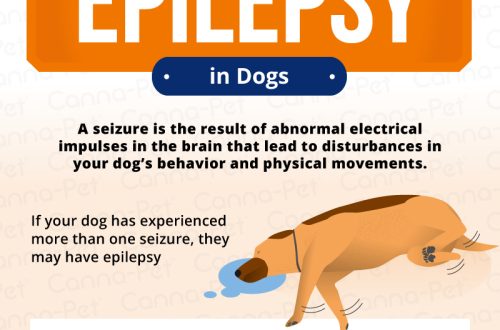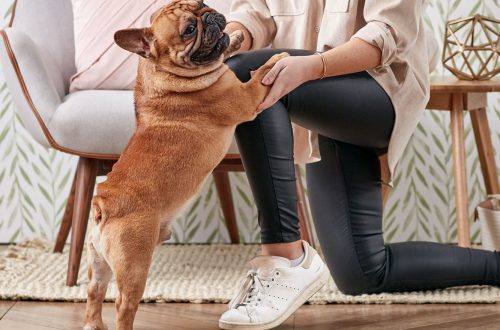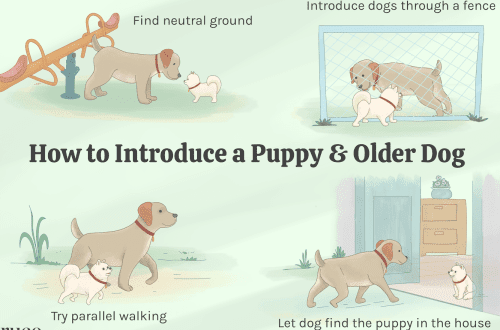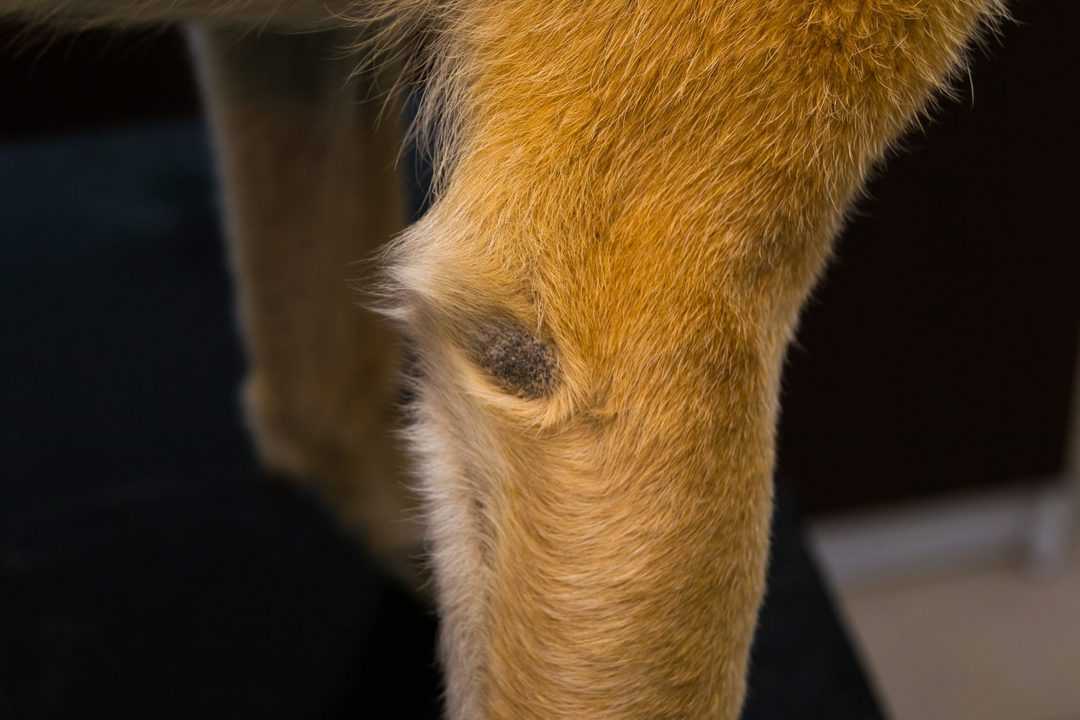
Corns on the elbows of dogs
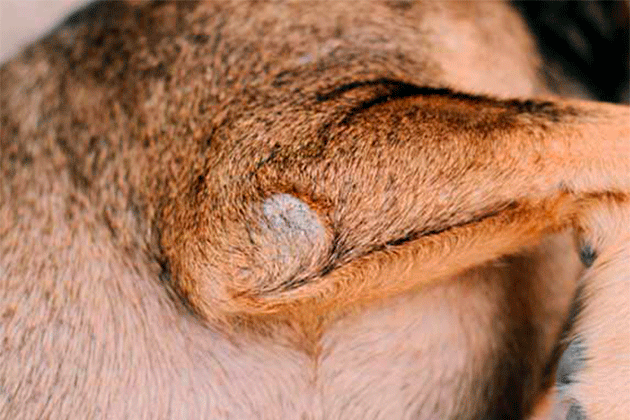
What is corn
Callus (corn) – a rounded plaque that occurs with constant pressure on certain bony protrusions (elbows, knees, heels, chest)
First, there is alopecia and darkening of the skin and hair around, later the skin becomes thickened, overgrown, rough and bumpy, scaly, gray, brown, reddish in color. The coat may grow into the skin, become unevenly short, or disappear completely.
Since the skin at the site of the callus is changed, its normal functioning is disrupted, a favorable environment is created for the development of comedones, the attachment of secondary infections, and fungus. Secondary infection leads to inflammation, ulcers, fistulas and exudative or purulent discharge, deep pyoderma develops.
A common problem in large and giant breed dogs, less common in medium and small breeds. In breeds with a deep chest and a “keel” (dachshund, Doberman), calluses can also form on the chest.
Possible causes of corns:
- Too hard or hard bed
- The dog consistently prefers a hard surface to lie on, even with a soft bed.
- Obesity or very large dog
- Extremely low weight/wasting
- Hypothyroidism, diabetes
- Orthopedic and neurological problems requiring constant rest or forced posture with them
Diagnostics
In the absence of signs of inflammation, the diagnosis is based on the history and physical examination.
If you suspect hypothyroidism, orthopedic diseases, secondary infection, additional diagnostics may be required:
- Cytological examination of the surface and deep layers of the skin
- X-ray of extremities
- Blood tests to rule out or confirm endocrine disorders
Treatment
First of all, it is necessary to eliminate the cause of callus development. In the initial stages, drug treatment is not required, it is enough to monitor what the dog sleeps on. If an infection has developed or there is a tendency to inflammation of the skin and ingrown hair, then you should pay attention to the following points:
- It is required to eliminate or take control of the root cause: arrange a soft couch, reduce or gain weight, etc.
- Wear protective elbow pads on your dog
- Skin softening with moisturizers
- Profound pyoderma will require long-term use of systemic antibacterials followed by cytological follow-up, as owner assessment of callus appearance may be unreliable.
- Topical antiseptic/antifungal therapy under veterinary supervision
- Surgery is not recommended as poor wound healing is a common consequence, which exacerbates the problem.
If the owner manages to negotiate with the pet, then it is possible to return the elbows to their usual form or simply suspend the process. In uncomplicated cases, the callus does not cause inconvenience to the dog and is only a cosmetic defect.



